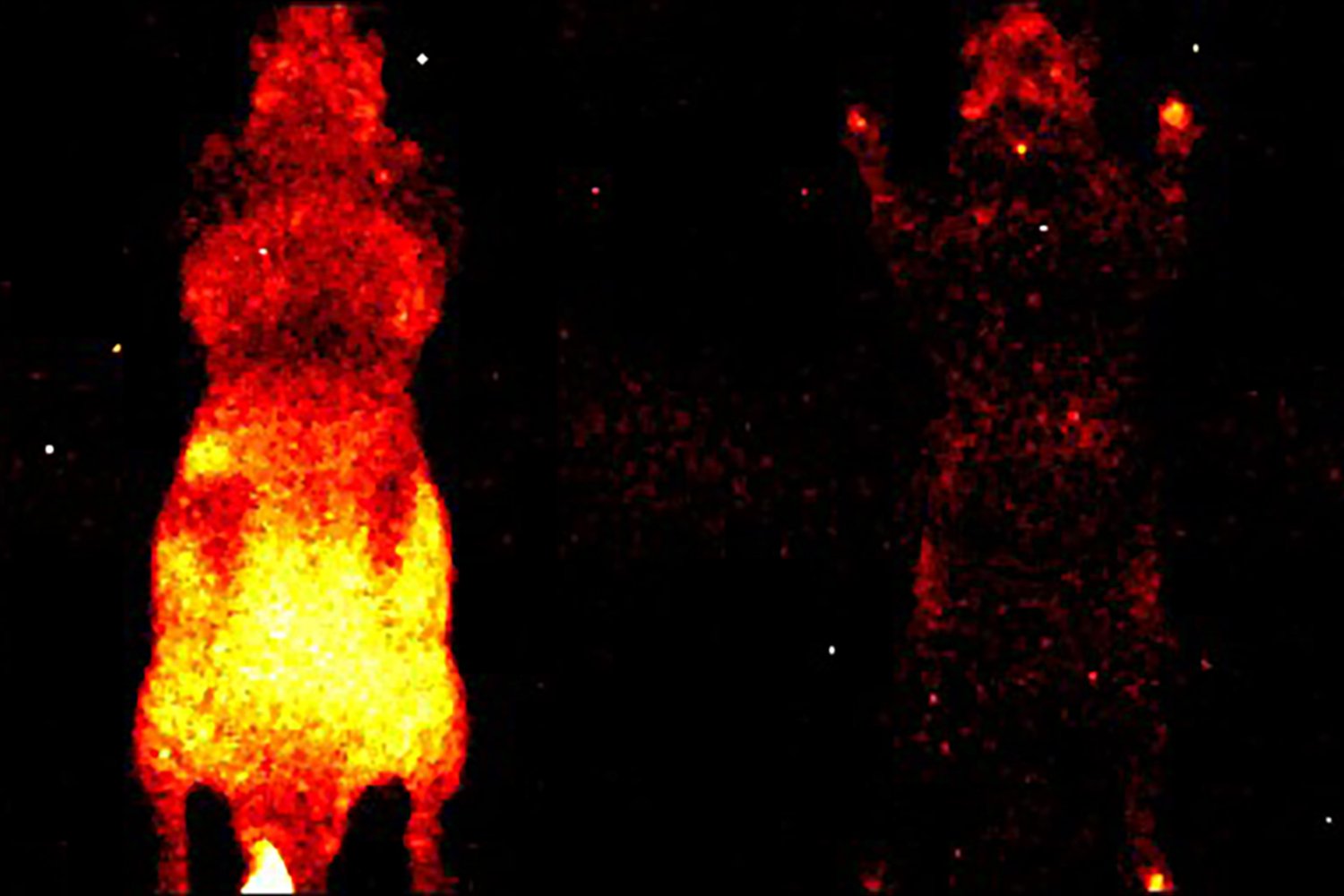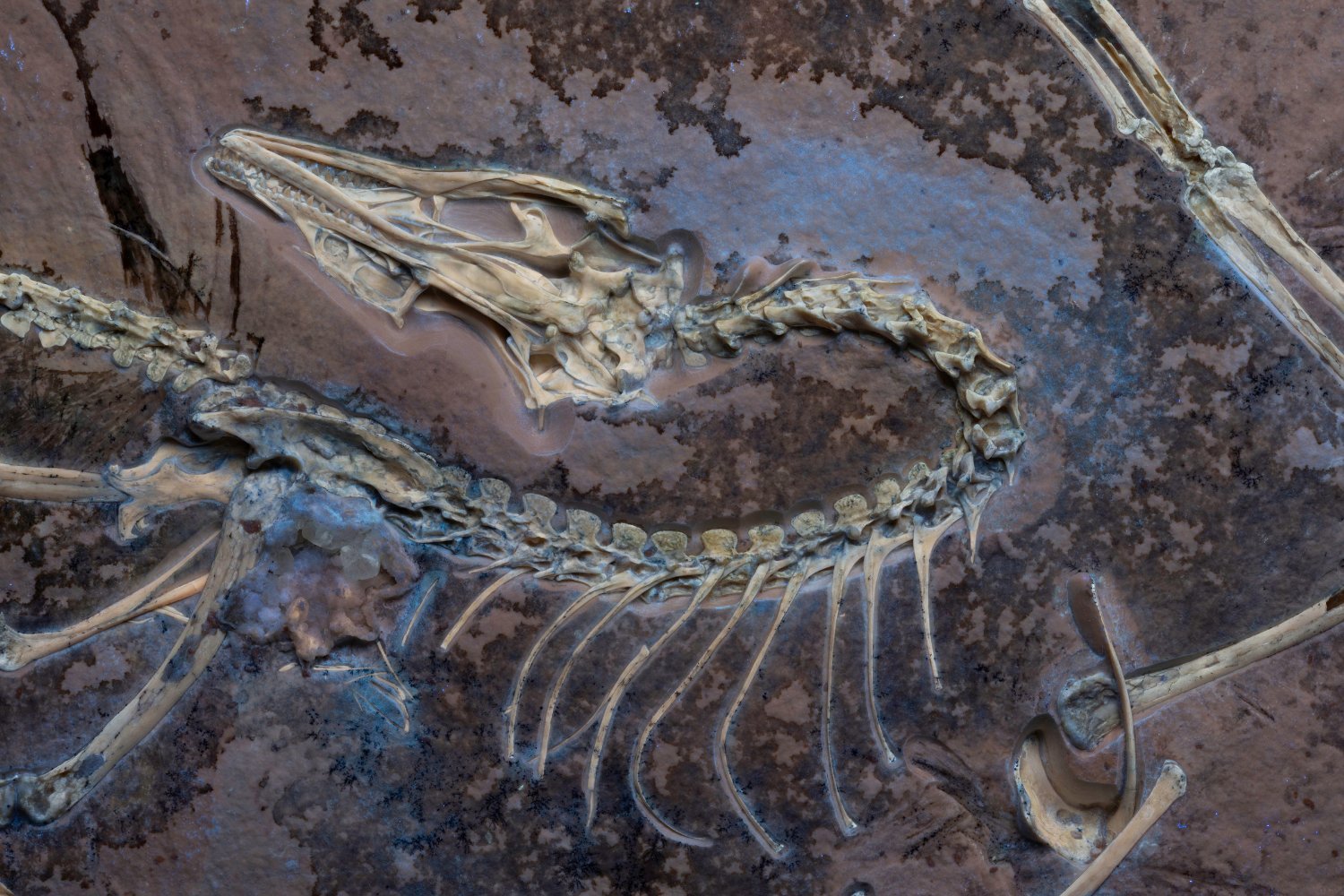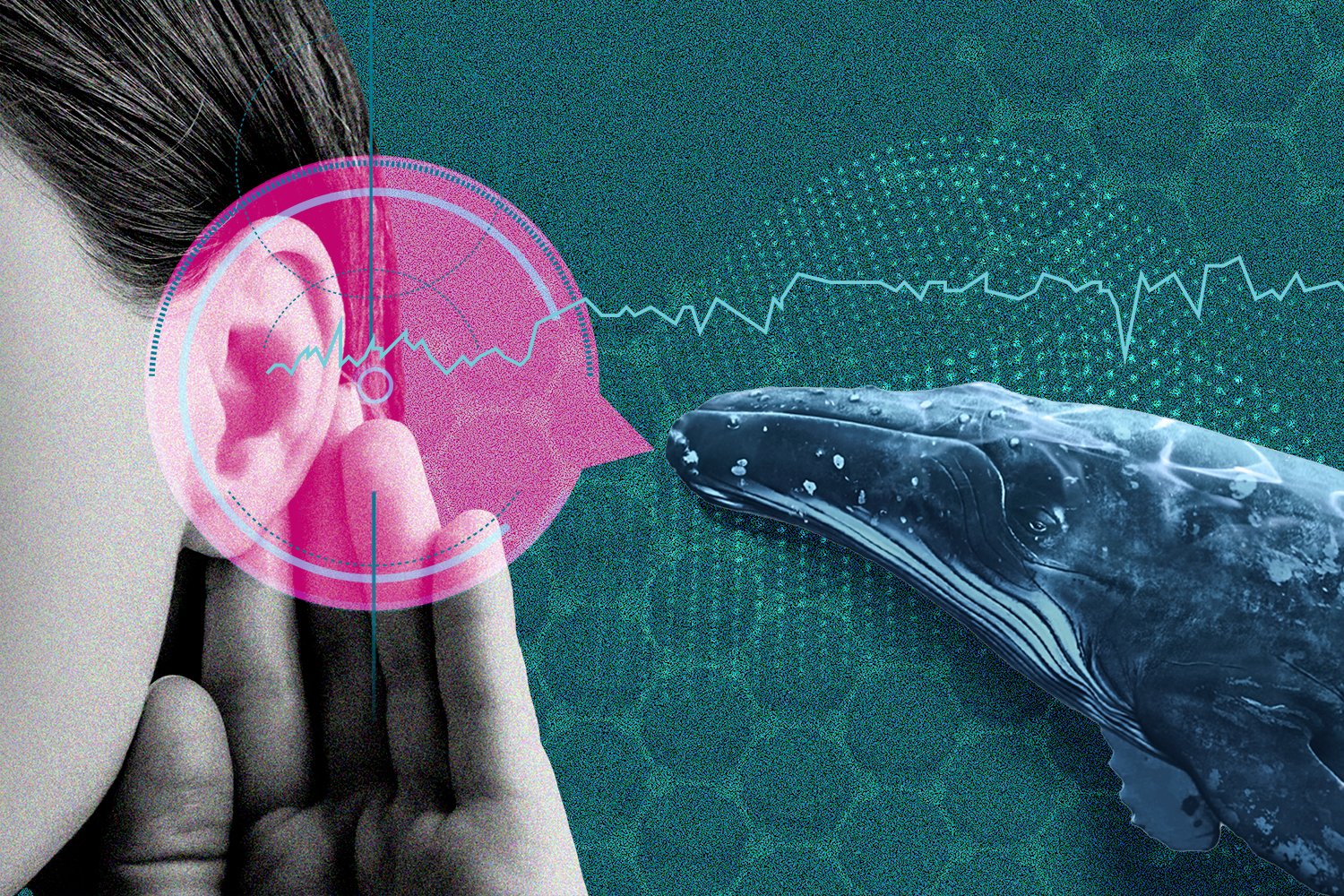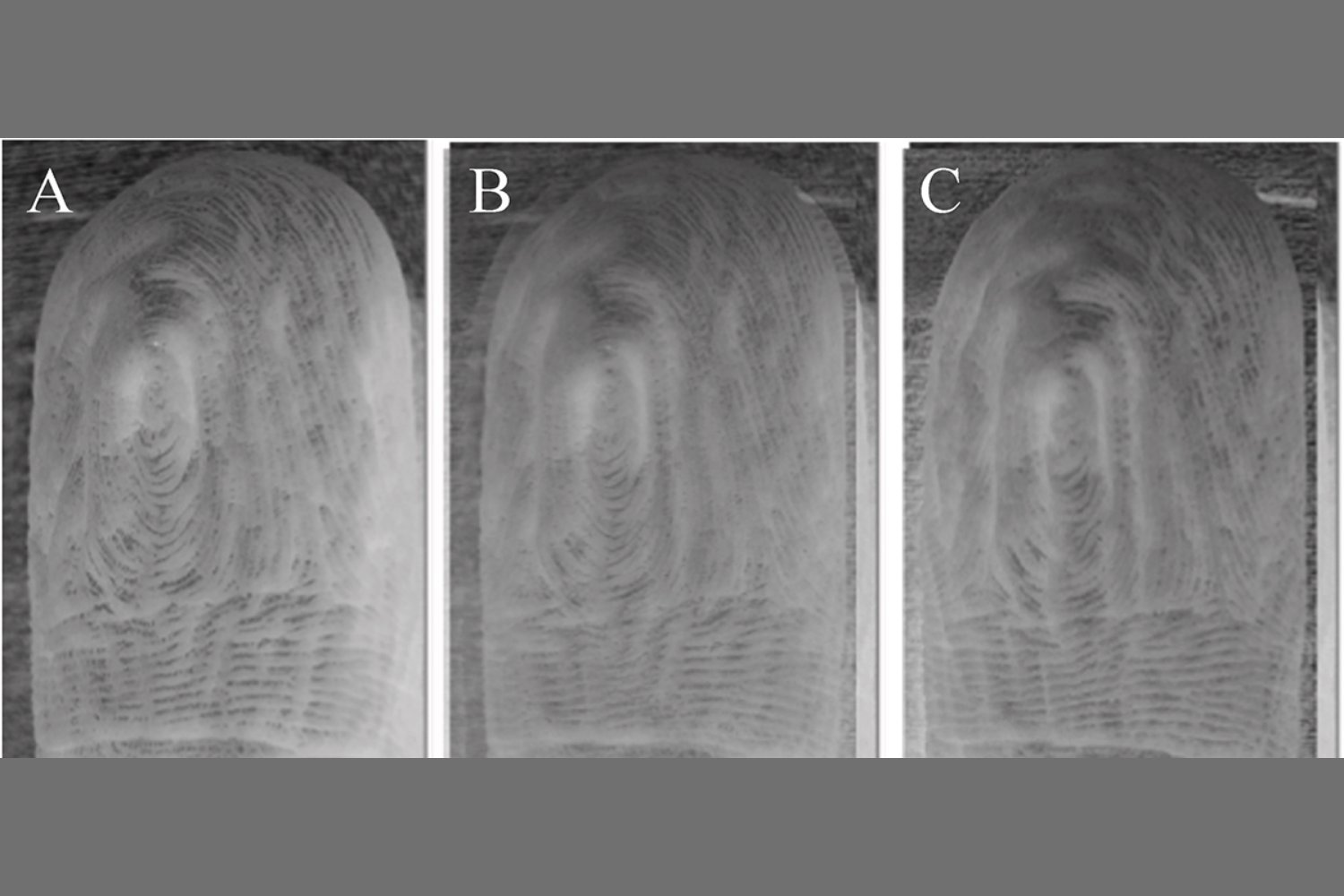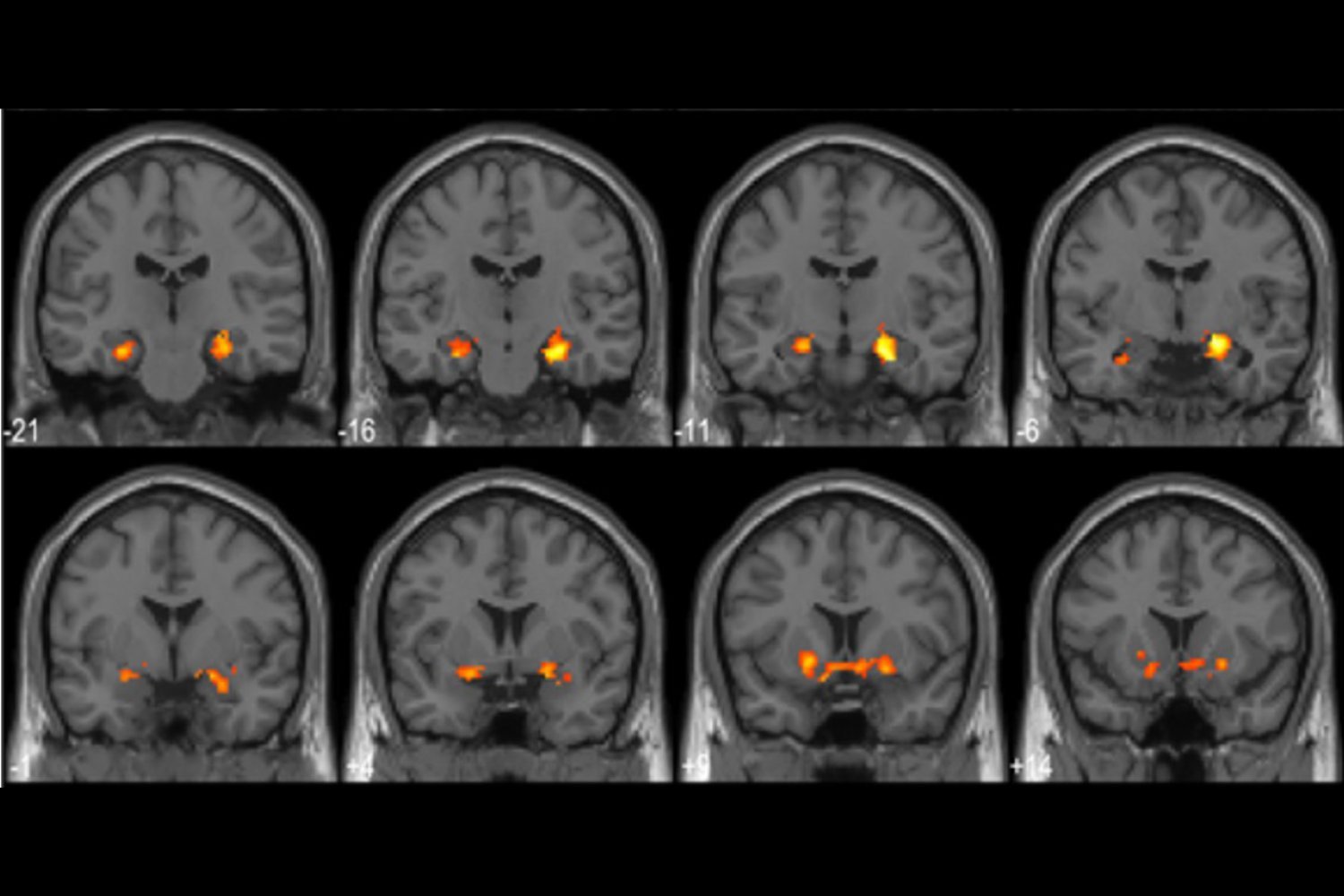Living organisms, including humans, emit a faint, almost imperceptible glow throughout their lives. This intriguing phenomenon, known as ultraweak photon emission (UPE), is tied to the energy released during metabolic and cellular processes. A recent study published in The Journal of Physical Chemistry Letters explores this subtle luminescence and its potential applications in tracking injury and disease.
The light emitted by living organisms stems from the activity within our cells. As cells consume energy, mitochondria, the powerhouses of the cell, release small amounts of reactive oxygen species (ROS) as a byproduct. These ROS interact with various molecules, including proteins, lipids, and fluorophores, causing them to release photons, the fundamental particles of light. However, this UPE is incredibly faint, significantly weaker than ambient light, making it challenging to detect and image. While UPE has been observed in individual cells of plants, animals, and humans, it hadn’t been captured in whole, living organisms until now.
Researchers, led by Dr. Daniel Oblak from the University of Calgary, employed a highly sensitive digital imaging system to capture this ethereal glow. Mice were placed in dark, temperature-controlled boxes and imaged with a two-hour exposure. The resulting images revealed photons emanating from the living mice, concentrated around organs, the head, and paws. In contrast, deceased mice showed a dramatic decrease in UPE, their light effectively extinguished.
This phenomenon isn’t limited to the animal kingdom. The research team also analyzed UPE in an umbrella tree, observing that the intensity of the glow increased when the plant was injured or subjected to high temperatures. Furthermore, chemical modifications, specifically the application of the anesthetic benzocaine, also amplified the light emission.
The link between UPE and metabolic activity suggests that variations in light emission could indicate tissue damage or disease. By analyzing tissues exhibiting unusually high or low levels of light, medical professionals could potentially monitor tissue health noninvasively. The research also indicates the possibility of using UPE to monitor plant health and growth under varying environmental conditions.
This research, supported by the Quantum Sensors Challenge program of Canada’s National Research Council (NRC), suggests that UPE holds significant promise for advancing our understanding of both plant biology and biomedical research. The ability to visualize this faint glow could offer valuable insights into fundamental biological processes and pave the way for new diagnostic and monitoring techniques. This study not only confirms that life has a literal glow but also highlights the potential of this glow to reveal hidden aspects of health and disease.



